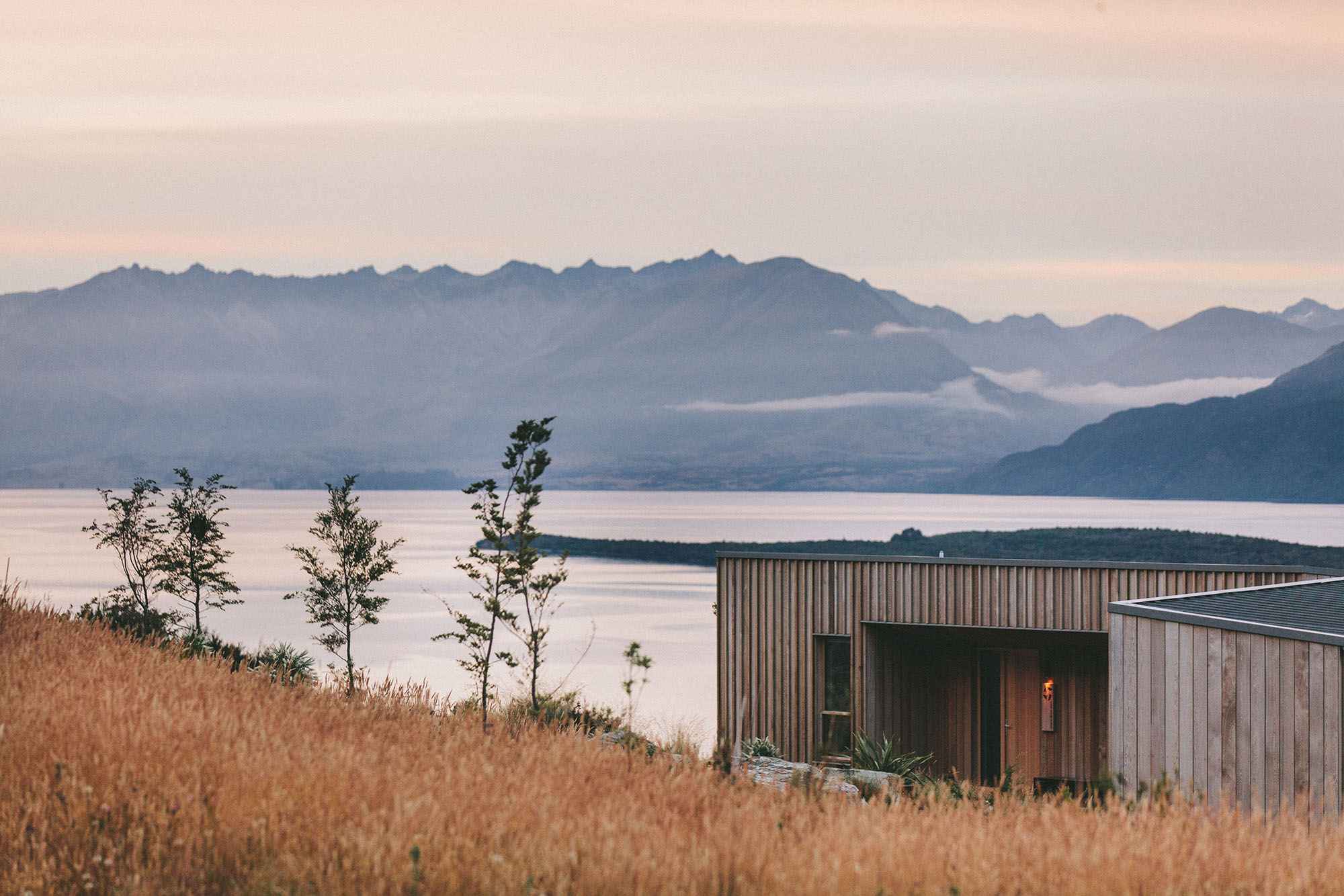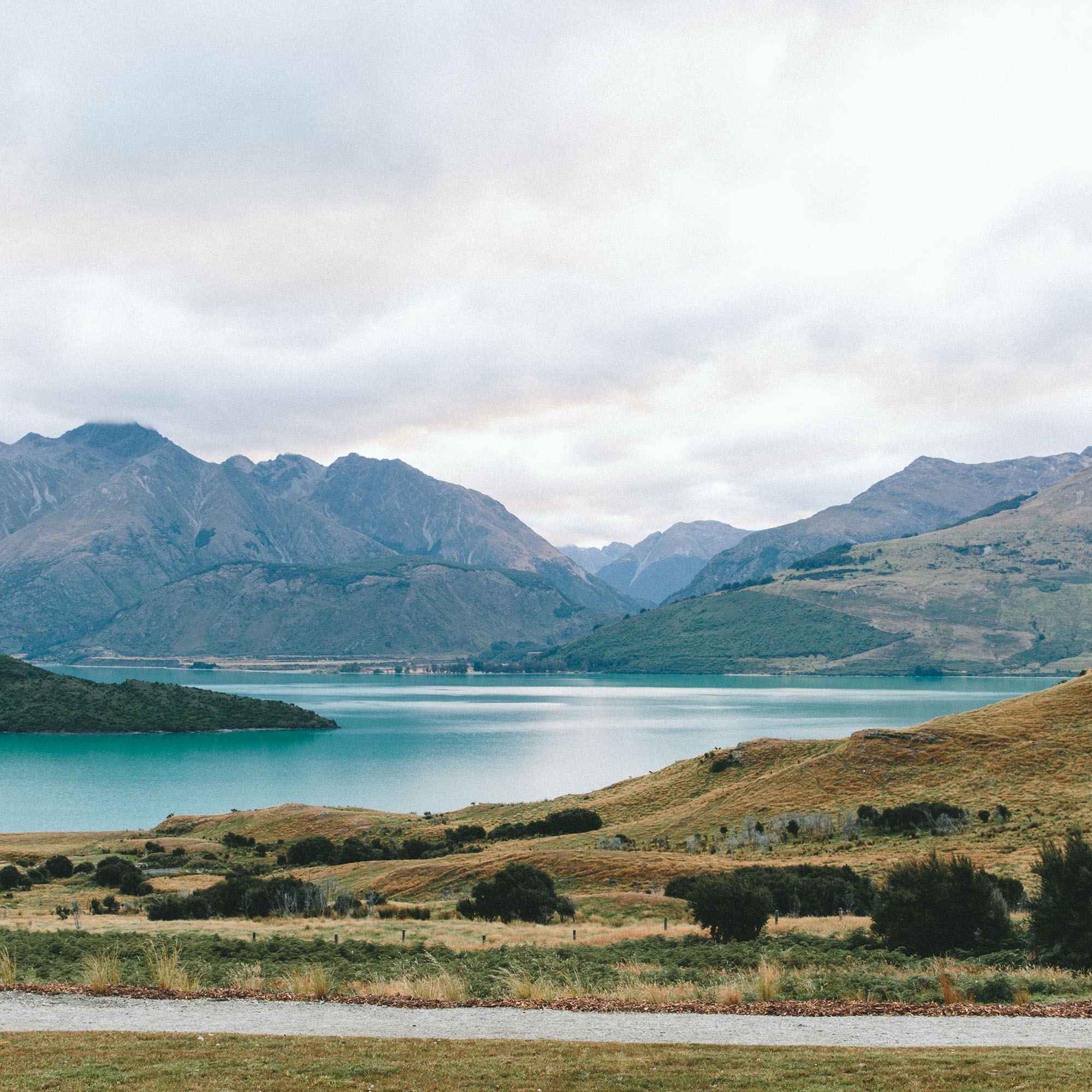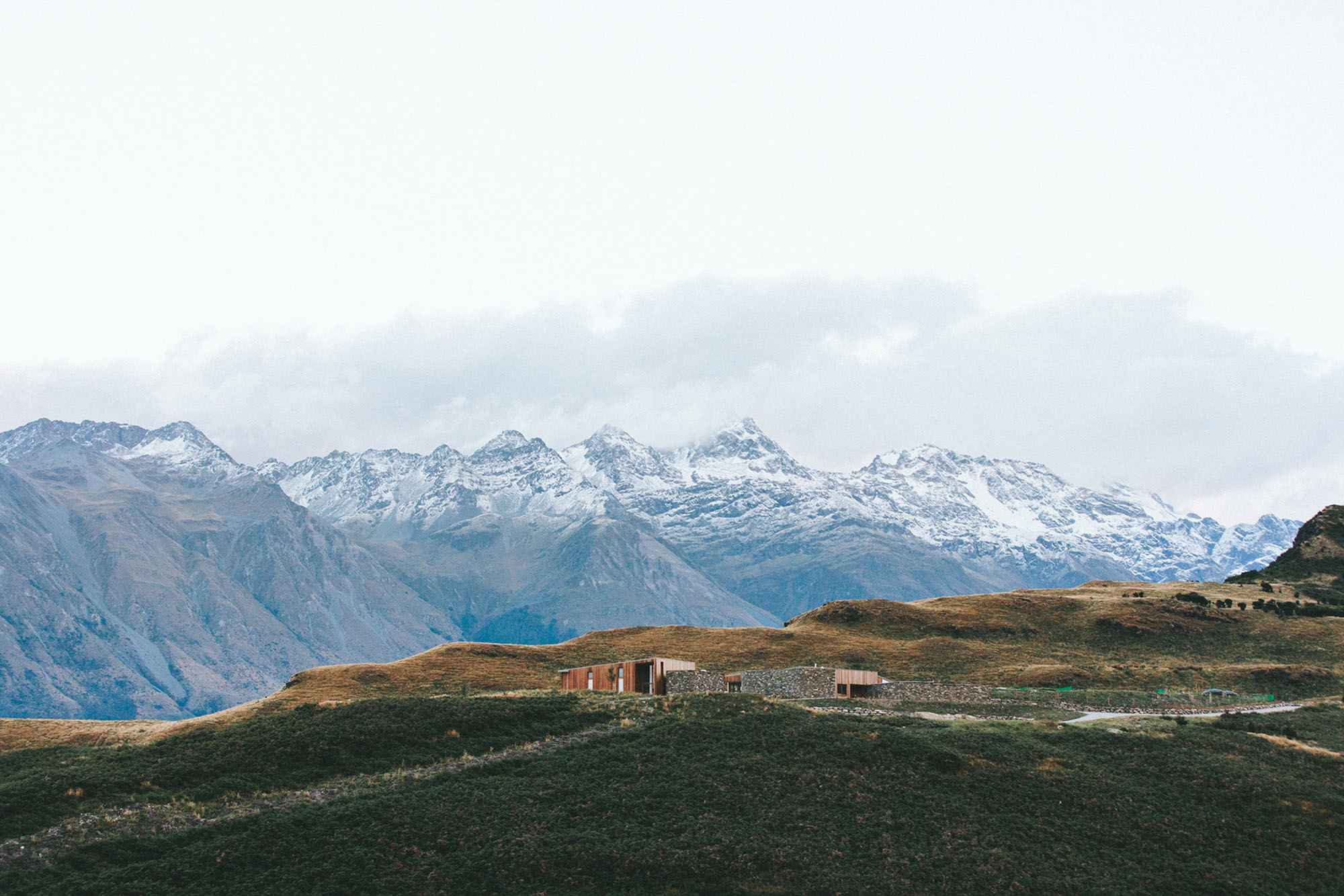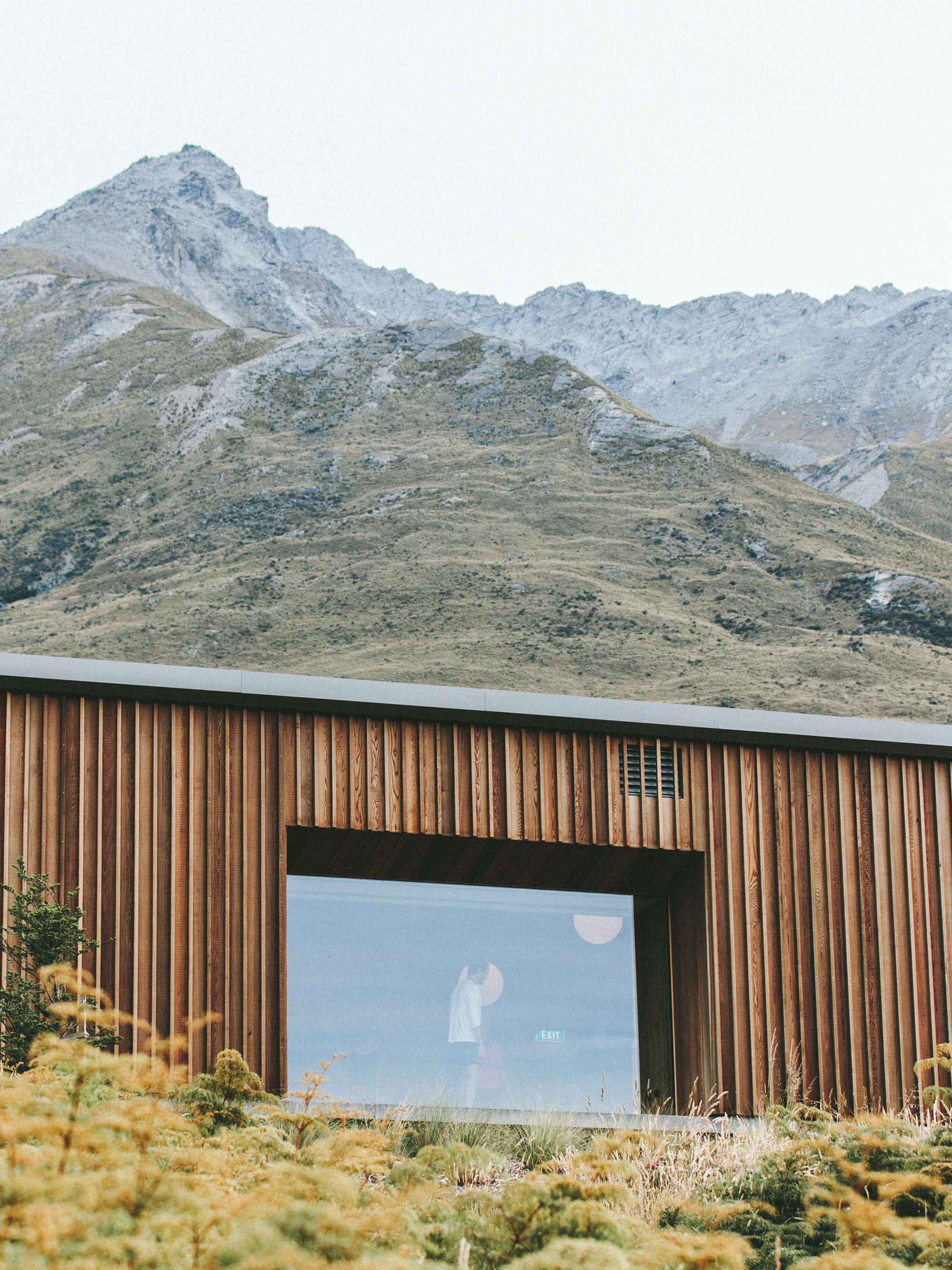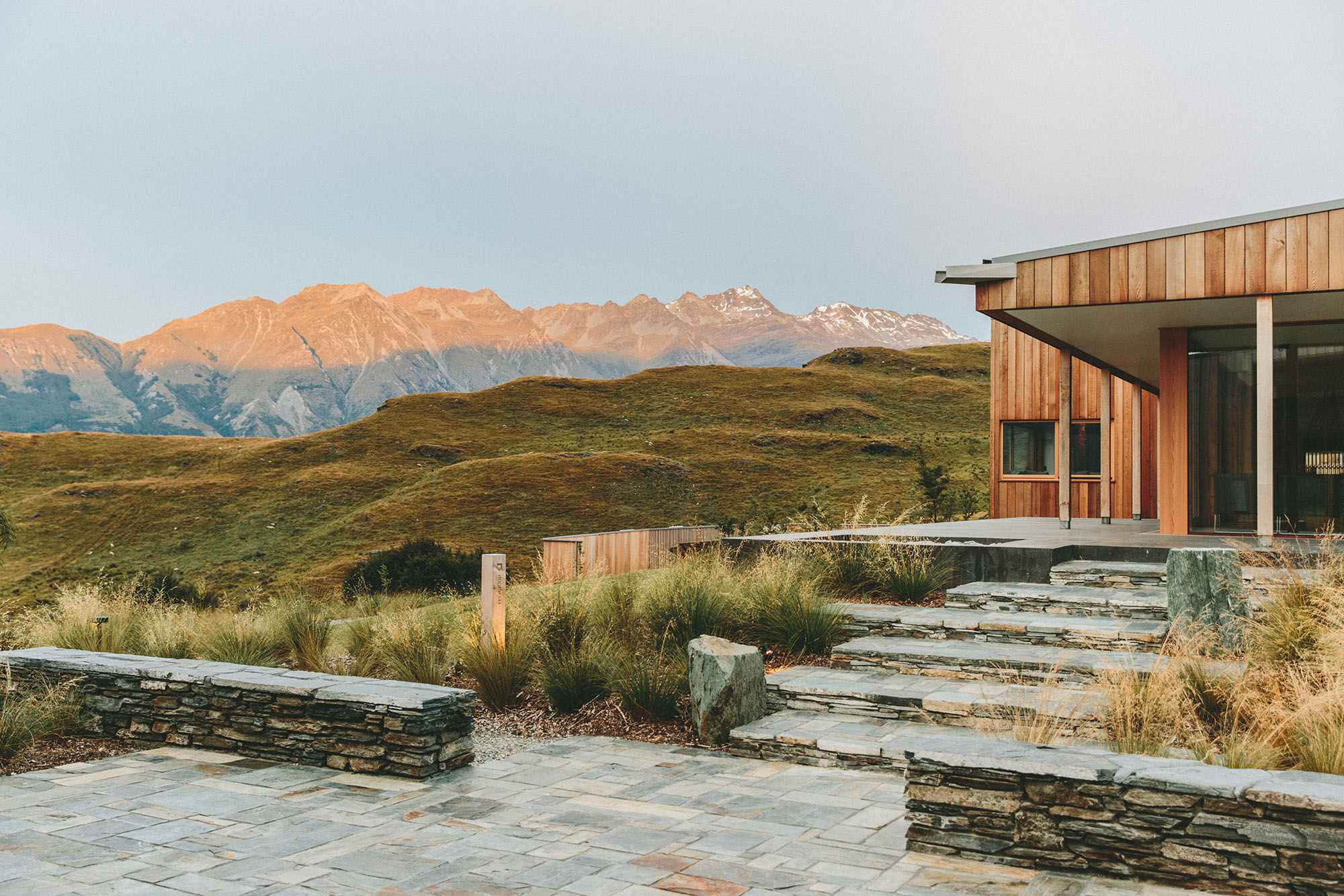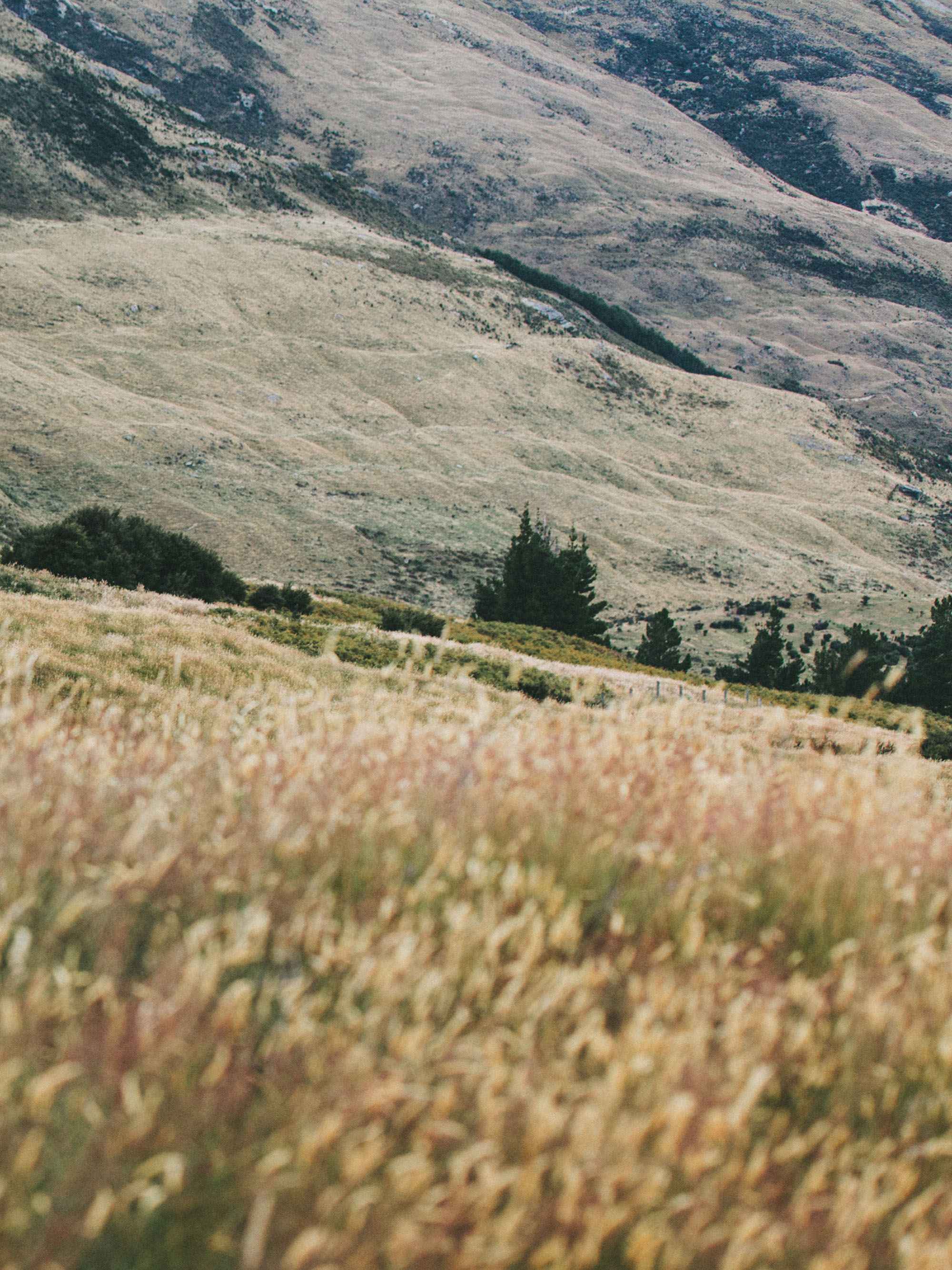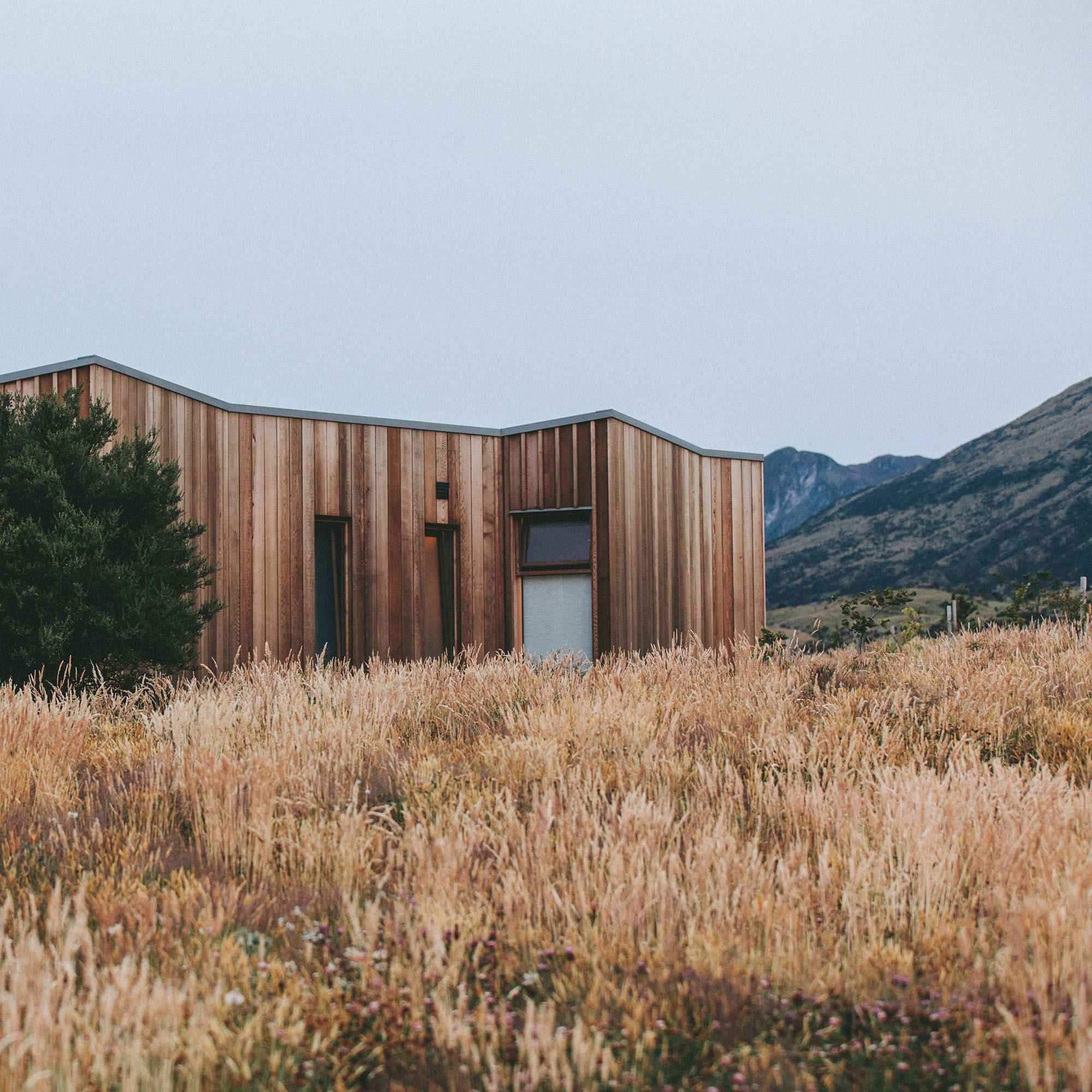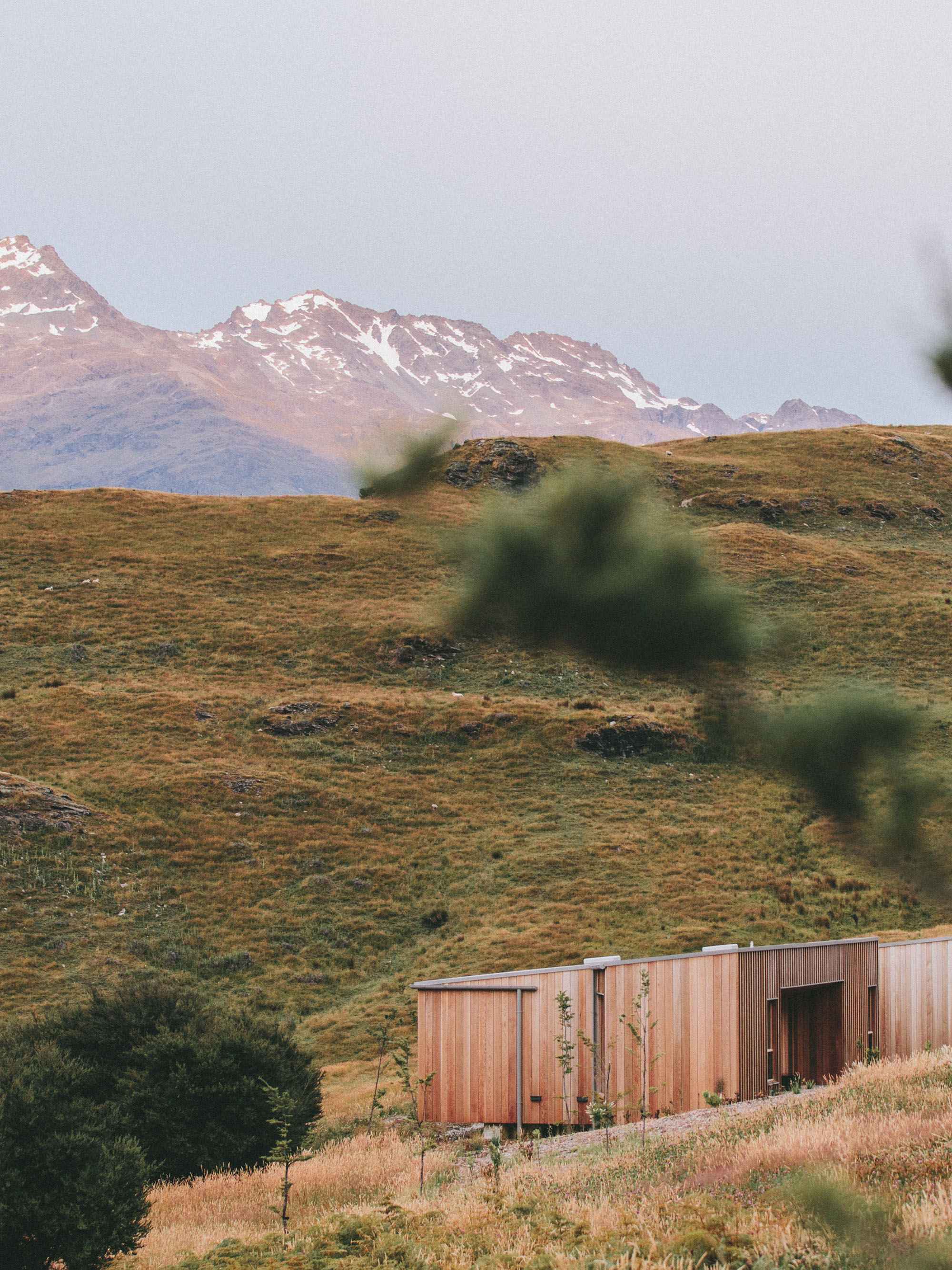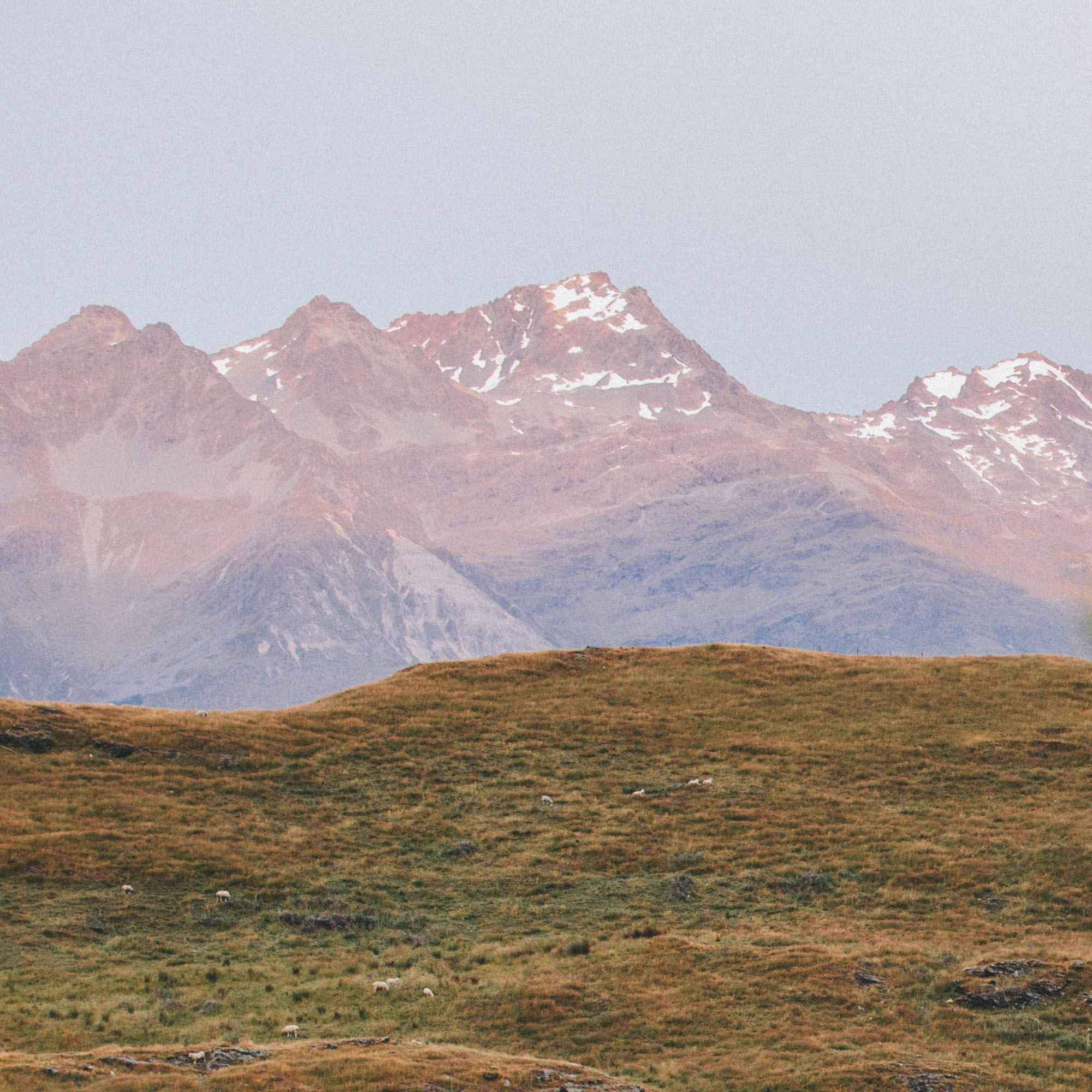Everything You Need To Know Before Packing Your Bags for Utah
Planning a camping trip to Utah? You really can't go wrong—Utah is home to some of the most breathtaking landscapes in the U.S., making it one of our most memorable camping adventures. From towering red rock formations and mesmerizing slot canyons to dark skies brimming with stars, this state offers an experience that feels almost otherworldly. Plus, with rivers and lakes perfect for cooling off in the summer heat, Navajo Nation offers unreal beauty unique to this region.
Before you go, though, there are some key things to know to make your trip seamless and stress-free.
Reservations & Permits: Plan Ahead to Avoid Disappointment
Many of Utah’s most famous hikes and campsites now require advance reservations, and these rules are constantly changing. To avoid any surprises, always check for updates before your trip, including required permits, campsite bookings, shuttle services, and seasonal closures.Some hikes, like Angels Landing in Zion National Park, require permits due to high demand, and certain campgrounds fill up months in advance. Additionally, park regulations, weather-related closures, and transportation services may change unexpectedly, so it’s best to confirm details before heading out.
If, like us, you prefer to plan on the go, we highly recommend using Campnab—a website that alerts you when a reservation becomes available at your preferred campground. This tool has been a game-changer for securing last-minute spots, and sometimes, you might even score an unbelievable campsite!
7 Day Ultimate Utah Road Trip Itinerary
There are endless ways to map out your Utah adventure, but we opted for a loop starting and ending in Las Vegas, allowing us to break up the driving into manageable sections.
We opted to knock out the majority of our driving at the beginning, giving us more time to relax and explore toward the end of the trip. If you’re looking for a balanced yet adventure-packed itinerary, this loop gets you from Zion to Moab & back at a leisurely pace. Here’s what recommend:
Day 0: Arrival in Zion
Arrive at Zion National Park, get settled, and prepare for an early start the next day.
Day 1: Zion National Park – Angels Landing & The Narrows
Morning: Hike Angels Landing (permit required). This iconic trail offers stunning views, but it’s not for the faint of heart!
Afternoon: Cool off by hiking The Narrows, a scenic river hike through towering slot canyon walls. The water is chilly—even in summer—so wear grippy water shoes or rent drysuit gear if needed.
Day 2: Drive to Moab (via Horseshoe Bend)
Break up the drive with a stop at Horseshoe Bend for panoramic views of the Colorado River.
Continue to Moab, known for its vibrant red rock formations.
Day 3: Arches National Park
Morning: Start with the Devils Garden Trailhead to Double O Arch (don’t miss the side trail to Partition Arch).
Evening: Hike to Delicate Arch for sunset. We brought a picnic with wine and adult lunchables—it’s a stunning spot to soak in the views and people watch!
Day 4: More Arches + Scenic Drive to BLM Camping
Morning: Watch the sunrise at North & South Window Arches—a short, easy walk with unbelievable morning light on the rocks.
Afternoon: Drive the scenic 7-mile (4x4 recommended) route to a river campsite for a peaceful evening under the stars.
Day 5: Escalante & Capitol Reef
Morning: Hike Zebra Canyon in Escalante, a breathtaking and narrow slot canyon.
Evening: Drive to Capitol Reef National Park for sunset views and stargazing.
Day 6: Visit to Bryce Canyon
Walk the Sunset Point to Sunrise Point trail, an easy but beautiful stroll with amazing hoodoo formations.
Hikes, Campsites, and Reservations in Zion National Park
Zion National Park
Angels Landing Hike (Permit Required)
This hike is surprisingly accessible for how advanced it is. It’s no surprise that it’s recently changed to a reservation basis. This out and back took us about 4 hours.
Tips: Be sure to wear shoes with good grip, check the weather, and avoid hiking during rain or high winds.
The Narrows
Less of a hike and more of a wade through water - this stunning gorge with dramatic walls does not disappoint.
You can opt to get wet like we did in the summer, or rent a drysuit if you prefer to stay dry. The water level can vary, but is generally about waist deep and chilly even in the summer.
Grippy shoes recommended as the rocks can be slippery. Drysuit rental if visiting in cooler months.
Camping:
We were lucky enough to snag a spot in the South Campground (book via Campnab for last-minute openings)
You can find more campsite information on the National Park Service website.
Arches National Park & Moab
Best Hikes
Devils Garden Trail to Double O Arch (with optional Primitive Loop)
North & South Window Arches – Best at sunrise for golden light
Delicate Arch – Best at sunset
Camping
We opted for BLM camping in Moab. If you have a 4x4, this is an unbeatable experience with zero light pollution and unbelievable night skies.
Tip: It gets cold at night—even in summer—so pack extra layers!
BLM camping guide: Utah BLM Guide
Escalante
Zebra Slot Canyon Hike
Tips: The road to the trailhead is rough—double-check your route to avoid backtracking.
Camping: We car camped here, but you can find designated spots in the area.
Bryce Canyon
Best Hike:
Sunset Point to Sunrise Point – A short, scenic walk that’s perfect for your last night in Utah.
Capitol Reef
Best Hikes:
Golden Throne – Short, with panoramic views
Hickman’s Bridge – A scenic arch hike
Cassidy Arch – A must for the views
What is BLM Camping?
BLM stands for Bureau of Land Management, which allows free, dispersed camping on public lands (unless posted otherwise). This is a great option if you want solitude and incredible views away from crowded campgrounds. Be sure to check regulations and always leave no trace.
More Info:Utah BLM Camping Guide
Final Tips for Your Utah Adventure
Check for permits – Some hikes and campgrounds require advance reservations.
Dress for the weather – Utah’s desert gets extremely hot during the day and cold at night.
Pack out all trash – Follow Leave No Trace principles.
Download offline maps – Many areas have little to no cell service.
Plan fuel stops – Some routes have long stretches without gas stations.
Looking for more travel inspiration? Follow along on our Instagram below!

